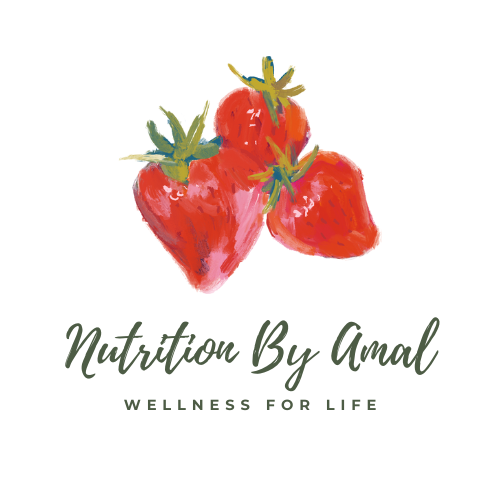Hello, fellow nutrition enthusiasts!
As someone deeply invested in the journey toward healthier food choices, I’ve been closely following a significant shift in our food industry: the move away from artificial food dyes toward natural alternatives. This change is not just a trend but a response to growing health concerns and consumer demand for cleaner ingredients.
Are They Really That Bad?
For decades, synthetic dyes like Red 40, Yellow 5, and Blue 1 have been used to make processed foods more visually appealing. Many popular candies like Skittles, M&M’s, Sour Patch Kids, Nerds, Laffy Taffy, Gummy Bears (especially cheaper brands) and Starburst have these dyes clearly listed in the ingredients list. Research has raised alarms about their potential health risks. Studies have linked these dyes to hyperactivity in children and other behavioral issues. Despite their widespread use, many of these dyes have not been thoroughly studied in recent years, leaving lingering questions about their safety.
Natural Alternatives
In a groundbreaking initiative, Robert F. Kennedy Jr., as Secretary of the U.S. Department of Health and Human Services, has announced plans to phase out eight petroleum-based synthetic food dyes from the U.S. food supply by the end of 2026. This move is part of the broader "Make America Healthy Again" campaign, aiming to address rising childhood health issues, including obesity, diabetes, depression, and ADHD.
The FDA, under this initiative, is collaborating with food manufacturers to replace these artificial dyes with natural alternatives. Beet juice and carrot juice are among the plant-based options being explored. These natural dyes not only offer vibrant colors but also come with added nutritional benefits, aligning with the growing consumer preference for whole, unprocessed foods.
Is Everyone on Board?
While many health advocates and consumers welcome this change, the food industry has shown resistance. Major companies like PepsiCo, Kraft Heinz, and General Mills have not officially committed to eliminating artificial dyes, citing concerns over cost, flavor, and production processes.
However, some companies are beginning to make the shift. For instance, PepsiCo has announced plans to remove artificial dyes from several of its products, demonstrating that reformulation is possible.
What This Means for You
As parents and consumers, we have the power to influence the market. By choosing products that use natural colorants like beet and carrot juice, we can support companies that prioritize health and transparency. Additionally, advocating for clearer labeling and supporting policies that promote food safety can accelerate this positive change.
The transition to natural food dyes is not without its challenges. Supply chain issues, production costs, and resistance from some industry players may slow progress. However, the momentum is undeniable. With continued consumer demand and regulatory support, we can look forward to a future where our food is not only colorful but also healthier.
Thank you for joining me on this journey toward better food choices. Together, we can make a difference in the way our food is made and enjoyed.
MAHA

